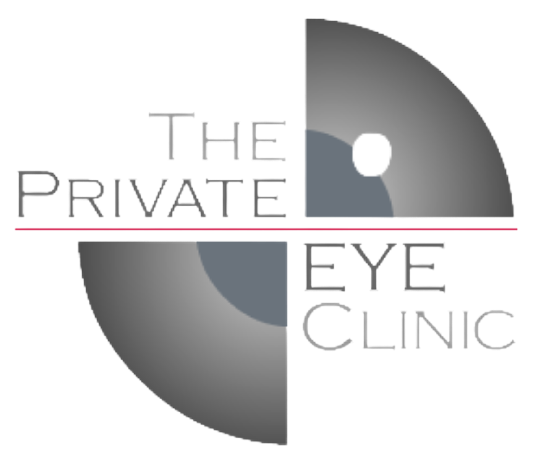
Viral Conjunctivitis
The usual type of viral conjunctivitis in Melbourne is Adenoviral Conjunctivitis, also known as Epidemic Kerato Conjunctivitis (EKC). Several different types of adenovirus cause EKC (so if you develop immunity to one type you can still get another!)
EKC usually begins in one eye. The eye gets very red and the lids can be puffy and there is a watery mucousy discharge. The gland in front of the ear on that side is often swollen and tender. If it infects the second eye, there is usually a gap of a few days.
About half the time people who have EKC also have a "cold". EKC is quite contagious, so you should not let others use your towels. Take great care after handling your eye (or putting drops in); wash your hands so you don't infect your other eye or other people.
This is an uncommon infection and usually "missed" by GP's. As the EKC name implies, it can occur in epidemics and infect workplaces, families etc.
-
Treatment
90+% of patients get better in 7-14 days. Antibiotic drops don't help. If the eye is very red and swollen then using Visine or Albalon drops will make the eye feel better while it gets better. Some patients may require steroid drops. Non-steroidal drops (eg. Acular) is a little safer than steroids but may not be as effective. A small number of patients have persisting problems:
A. Corneal involvement. If the cornea becomes involved the vision gets persistently blurred (not cleared with a blink). If this happens, you must go back to the Ophthalmologist in a day or so for attention. Some patients need steroid eye drops, and some patients need to keep on using them for months and months.
B. Chronic irritation. A small number of patients end up with a chronic irritable eye for months and months after an episode of EKC.
